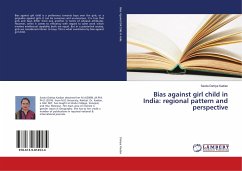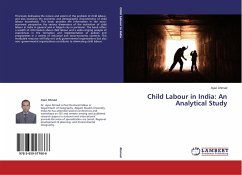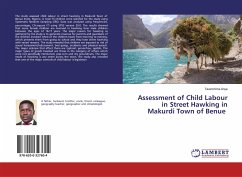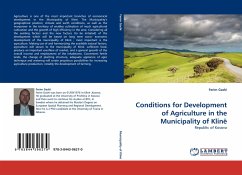Despite steady economic growth, India contributes the highest number of undernourished and low birth weight children among the developing world. According to NFHS-3 survey (2005-06) 48%, 42.5% and 19.8% children are respectively reported to be stunted, underweight and wasted. The reduction of child undernourishment is a major challenge for the government and policy makers. A widespread social and regional inequalities also prevail in the levels of child undernutrition in the country. The disadvantaged social groups (especially scheduled population) and some of the poorer pockets are bearing brunt of undernourishment. In this context, the study examines the degree of inter-state and social inequalities of child undernourishment. It has largely been found that the problem is deeply rooted in the larger socio-economic inequalities.The study further illustrates that Integrated Child Development Services (ICDS) which is the major government sponsored programme to deal with undernourishment among the women and young children is least effective in most of the rural areas in the country.
Bitte wählen Sie Ihr Anliegen aus.
Rechnungen
Retourenschein anfordern
Bestellstatus
Storno








